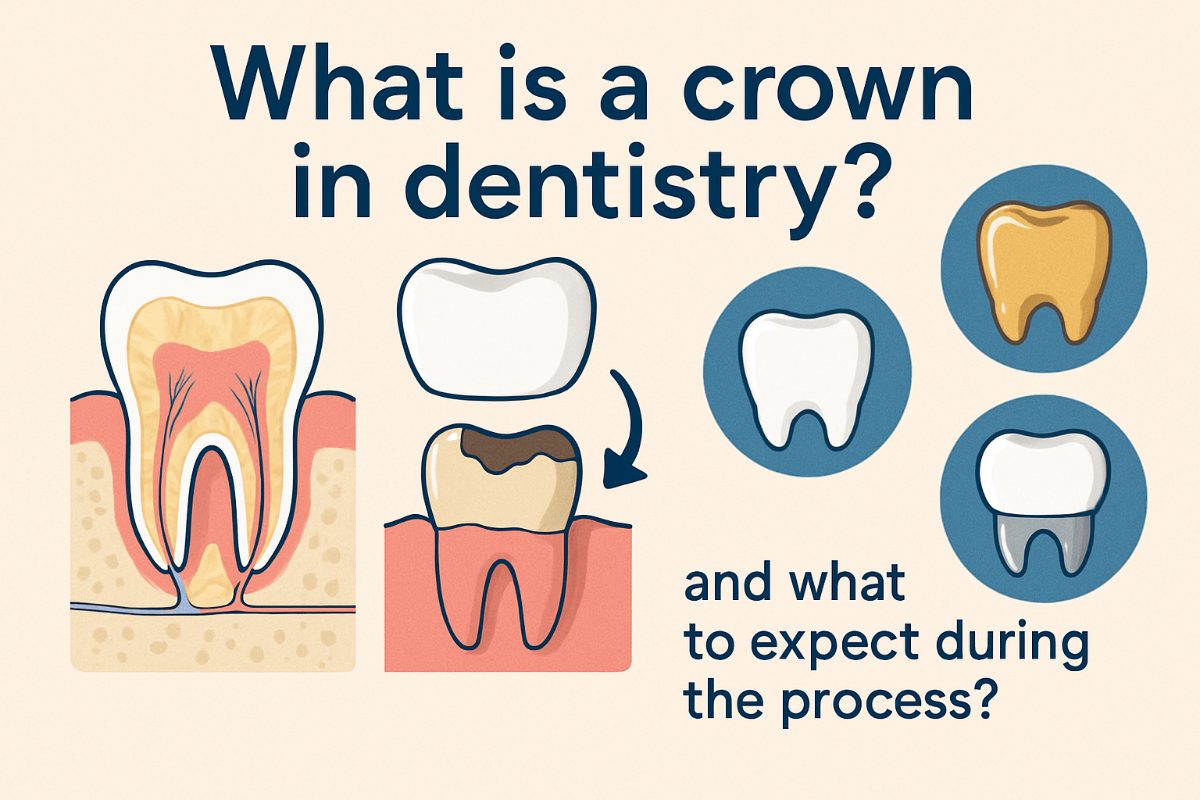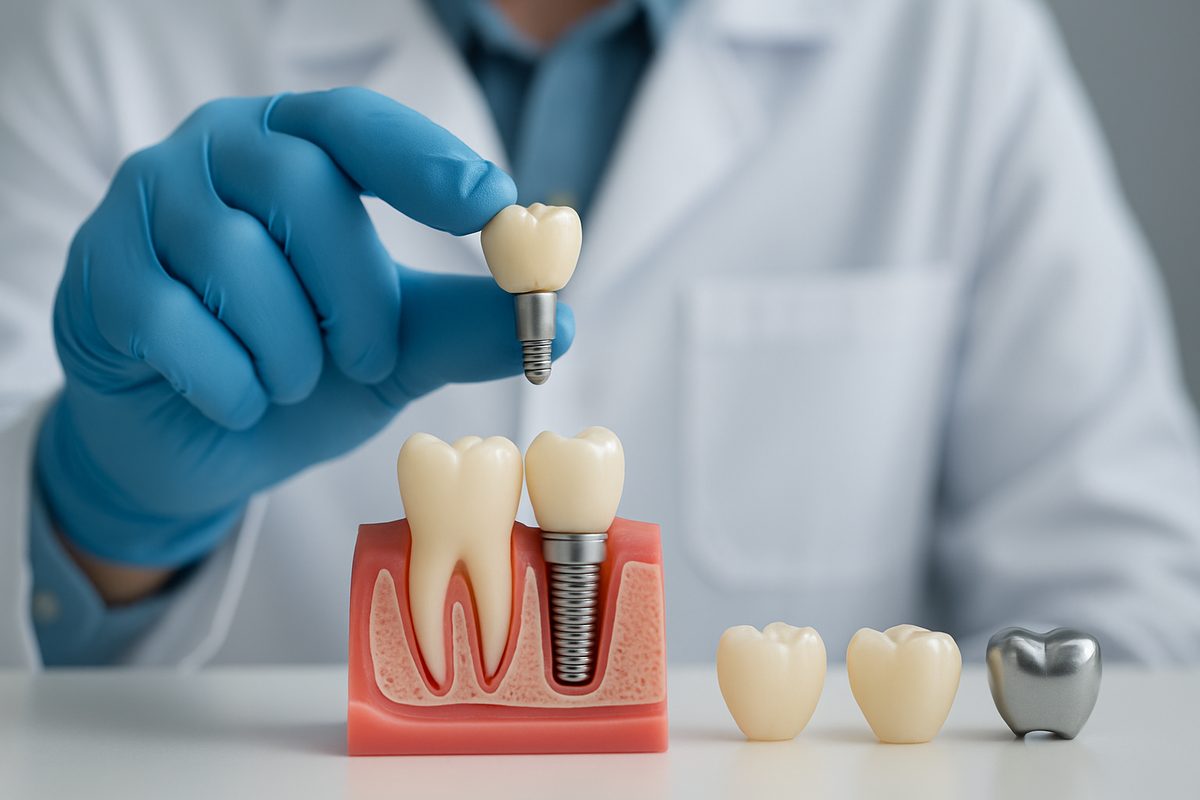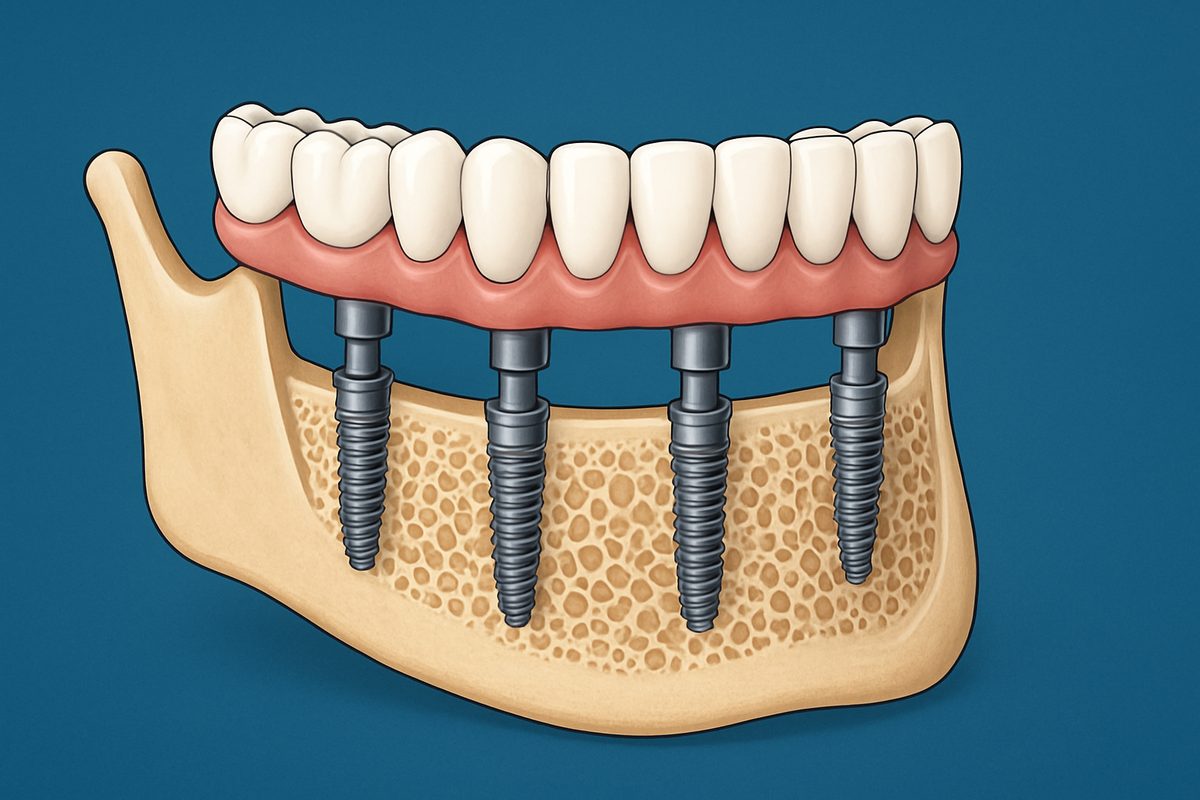Blog - Rapid City, SD
Tips, Facts, And The
Latest In Dentistry

Find Quality & Gentle Dental Extraction Near You Alternatives To “Dental Extraction Near Me” In Rapid City, SD

Intro: If you’re searching for “dental extraction near me in Rapid City, SD,” you likely want clear options and gentle care. Some teeth must be removed, but many can be saved. This post explains why a tooth might need removal, possible alternatives, what to expect during an extraction, costs, and how to choose safe, comfortable care near Rapid City, SD.
Why a tooth may need removal
Common reasons
Infection or non-restorable decay – When decay reaches the pulp and the tooth can’t be rebuilt, extraction may be the safest choice. Impacted wisdom teeth or crowding – Wisdom teeth that don’t erupt properly can cause pain, infection, or damage neighboring teeth. Failed root canal or fractured teeth – A root canal that fails or a tooth broken below the gumline may not be salvageable. Severe gum disease or bone loss – Advanced periodontal disease can loosen teeth; sometimes removal improves overall oral health.
Alternatives to extraction: can the tooth be saved?
Root canal therapy
Root canal treatment can remove infected tissue and save many teeth. It often includes a crown to restore strength and function.
Restorations and crowns
Large fillings, onlays, or crowns can rebuild a tooth after decay or fracture if enough healthy structure remains.
Periodontal treatment and bone regeneration
Deep cleaning, gum surgery, or grafting can treat disease and restore support. In some cases, these treatments avoid extraction. How dentists decide when saving a tooth is realistic vs. extraction – Dentists evaluate x-rays, tooth structure, gum health, and overall risk. If saving the tooth would fail soon or harm nearby teeth, extraction may be recommended.
How to evaluate “dental extraction near me in Rapid City, SD”
Questions to ask during your consult (experience, sedation, imaging, follow-up) – How many extractions do you perform each year? – What sedation options do you offer? – Do you use 3D imaging (CBCT) for planning? – What follow-up and emergency care are included? Importance of clear diagnosis: exams, CBCT, and periodontal assessment – Good care begins with a full exam, 2D x-rays or CBCT when needed, and a periodontal check to confirm the best plan. Look for conservative, minimally invasive techniques – Seek providers who favor gentle removal, bone preservation, and options to restore the area afterward.
What to expect during a tooth extraction
Pre-op exam and imaging – Expect a medical/medication review, x-rays or CBCT, and a plan for sedation or anesthesia. Types of anesthesia and sedation options – Local anesthesia numbs the area. Nitrous oxide, oral sedation, or IV sedation may be offered for anxiety or complex cases. Step-by-step of a simple vs. surgical extraction – Simple: loosen the tooth and remove it with forceps. – Surgical: an incision, bone removal, or sectioning the tooth may be required for impacted or broken teeth. Typical appointment length and immediate aftercare – A simple extraction may take 20–45 minutes. Surgical extractions can take longer. You’ll receive instructions on bleeding control, pain meds, and diet.
Pain control, healing timeline, and warning signs
Typical pain, swelling, and healing stages (first 48–72 hours, 1 week, 2 weeks) – First 48–72 hours: greatest pain and swelling. Use ice and prescribed or OTC pain meds. – 1 week: most swelling and soreness improve. – 2 weeks: soft tissue largely healed; full bone healing takes months. Home care: diet, oral hygiene, and activity limits – Eat soft foods, avoid straws, keep the site clean with gentle rinsing after 24 hours, and skip heavy exercise for a few days. When to call your dentist: excess bleeding, fever, persistent severe pain, dry socket – Contact your provider for heavy bleeding, fever, increasing pain after a few days, or a foul taste/smell that could signal infection or dry socket.
Sedation and care for anxious or medically complex patients
Local anesthetic, nitrous oxide, oral sedation, and IV options – Options range from simple numbing to IV sedation. Discuss which is safest for you. How medical history affects sedation choice – Conditions like sleep apnea, heart disease, or certain meds change sedation plans. Always share your full medical history. Tips to reduce anxiety before extraction – Ask about sedation, bring a friend, and request a pre-op phone call to review the plan.
Cost, insurance, and financing for a “dental extraction near me in Rapid City, SD”
Typical cost factors: simple vs. surgical, imaging, anesthesia, follow-up – Simple extractions cost less than surgical ones. Adding CBCT, sedation, or bone grafting raises cost. What dental insurance may cover and verifying benefits – Many plans cover routine extractions partially. Verify benefits and pre-authorization if needed. Financing options and payment plans to consider – Ask about in-house plans, third-party financing, or care-credit options to spread payments.
Choosing the right provider for “dental extraction near me in Rapid City, SD”
Credentials to look for: experience, continuing education, implant and surgical training – Choose dentists with surgical experience, ongoing training, and comfort managing complications. Technology that improves outcomes: CBCT, digital scans, guided surgery, on-site lab – Modern imaging and guided planning reduce risk and improve precision for extractions and future restorations. Read reviews and ask about complication rates and follow-up care – Patient reviews and a transparent discussion about risks help you choose a reliable clinic.
Why consider Carpenter Dental for gentle, high-quality extractions
Carpenter Dental has served Rapid City, SD for nearly two decades with implant and restorative expertise. Dr. Chad M. Carpenter leads a team experienced in surgery and full-mouth rehabilitation. The office uses CBCT imaging, iTero scans, guided-surgery planning, and an on-site lab to plan precise, minimally invasive care. Sedation options are available for anxious or medically complex patients, and financing support helps make treatment accessible.
Next steps: finding a safe, gentle extraction near you
How to prepare for your appointment and what to bring – Bring a list of medications, your insurance card, and a friend if you’ll have sedation. Quick checklist to compare providers when searching “dental extraction near me in Rapid City, SD” – Do they use CBCT? What sedation options exist? What are their complication and follow-up policies? Do they offer financing? Short CTA on scheduling a consult or emergency visit at Carpenter Dental in Rapid City, SD for personalized evaluation and care – If you need a calm, expert team for extractions or to explore saving a tooth, schedule a consult at Carpenter Dental in Rapid City, SD for a personalized plan and clear next steps.




